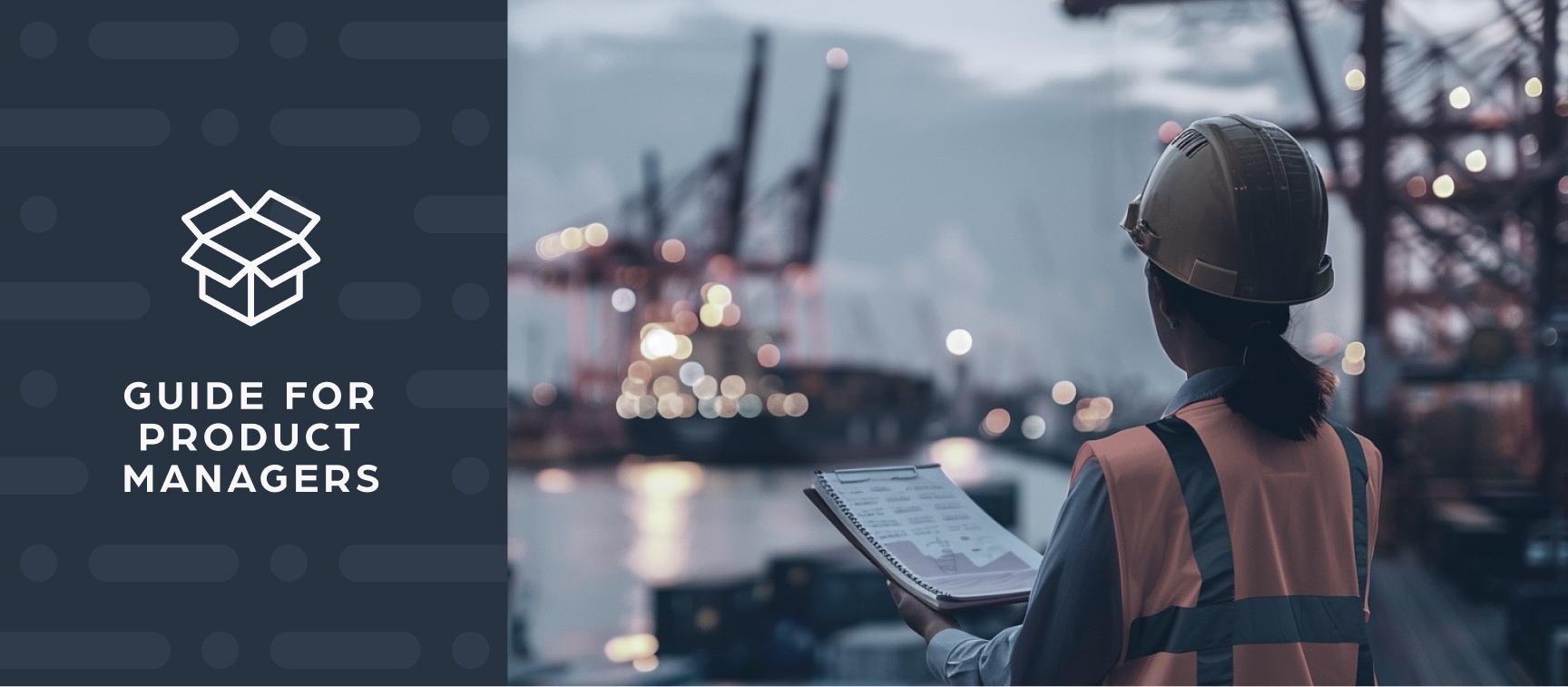How to Automate Supply Chain Risk Reports: A Guide for Developers
Do you use Python? If so, this guide will help you automate supply chain risk reports using AI Chat GPT and our News API.

In countless ways, data is the fuel that drives business today. There are media monitoring and media intelligence solutions that analyze billions of online news data points and synthesize insights into content performance, industry and social trends, and brand equity. There are Large Language Models (LLMs) – machine learning models that power solutions like ChatGPT and are trained on massive amounts of news data. And there are thousands of other applications like risk management and financial monitoring solutions that are driven by data.
It’s no secret that the Internet is basically one giant news dataset and that it’s free. In some cases, free news datasets can indeed be sufficient for specific, ad-hoc purposes.
Yet it’s important to keep in mind that a key challenge facing organizations today is not too little data. In fact, it’s quite the opposite. The challenge is that too much noisy and messy data make scaling actionable insights challenging.
This means that the question data stakeholders need to ask is not how we get more data. Rather, it’s how do we get the data we need to produce the financial, media, reputational, market, sentiment, regulatory, and other insights that will drive our business forward?
In this post, we’ll examine how organizations can generate more, faster, and better insights – with free news datasets or with a paid news API?
A free news dataset is just that: a dataset available without charge that consolidates news data from around the web, often covering a wide range of different news sources, languages, countries, and categories.
Free datasets offered by commercial data providers like Webz.io are used by leading organizations and universities around the world for predictive analytics, risk modeling, NLP, machine learning, sentiment analysis, and more. There are also open-source datasets offered by nonprofits like Common Crawl – a repository of non-curated web crawl data going back to 2008 that contains petabytes of data obtained from billions of web pages with trillions of links
An API (Application Programming Interface) is a tool that enables different types of software to exchange information and data. A news API is how applications can communicate with various commercial online news sources. This enables organizations and individuals to automatically scan, extract, analyze, and enrich data from online news sources, which is then used for a wide range of purposes.
News APIs collect and parse data from news websites, articles, and other web data sources. Powered by AI, they use advanced Natural Language Processing (NLP) and Machine Learning (ML) to recognize categories, sentiments, topics, persons, dates, events, and other parameters. Then they tag the data with contextual metadata and deliver it in a machine-readable format that existing software can use.
Paid news APIs offer a major advantage over free datasets: higher data quality. While free datasets often include unstructured, duplicate, or irrelevant content, paid APIs use advanced AI to clean, enrich, and structure the data automatically. This includes tagging for sentiment, topics, entities, and language — all delivered in a machine-readable format that’s ready for immediate use.
At scale, the cost of poor data quality adds up quickly. Paid news APIs reduce that cost by delivering cleaner, more accurate data directly. That’s what makes the difference between reading the news, and using it.
When choosing between a free dataset versus a news API, first ask yourself:
In finance, teams use structured news data to monitor market sentiment, regulatory developments, and macroeconomic signals. Clean, enriched data lets them move faster and act with more confidence, without first spending hours filtering out noise.
Media intelligence companies rely on structured formats that allow for systematic filtering of biased or unreliable content, critical in an era of misinformation and AI-generated news. Without structured data, companies face slower development cycles, incomplete analysis, and a competitive disadvantage in delivering timely, trusted media intelligence.
For risk intelligence companies, the accuracy of their assessments depends entirely on the quality of their data to give high-integrity information that enables faster analysis and reduces the risk of skewed insights. Inconsistent, unstructured, or unreliable sources can distort analysis and weaken client trust. Without structured, trustworthy data, risk intelligence platforms risk delivering flawed outputs that compromise decision-making and diminish their value to clients.
There are many advantages to using a free news dataset, most notably the cost. These datasets are also immediately and readily accessible. Free datasets are a good fit for very specific use cases, and for companies that have a technical team capable of building and maintaining an infrastructure that can scale despite messy or limited datasets.
At the same time, like in any domain, ‘free’ often carries a price tag. It’s important to understand the options available and the cost-benefit implications before choosing to base key business decisions on a free news dataset.
For example, for large language model training, it is quite possible to use a dataset from Common Crawl. The dataset is, of course, free. However, in general, data teams spend nearly 40% of their time cleaning and preparing the data for AI or ML models. Keep in mind that these are high-salaried, in-demand professionals spending nearly half their time on the data equivalent of manual labor. What’s more, over 80% of the data used to train GPT-3 (the tech behind ChatGPT) came from Common Crawl – and one estimate put the overall cost of scraping the data, hosting the data files, and manually cleaning the data at some $400,000.
Whether comparing a free news API or a premium solution, choosing the right news API offers numerous advantages, including:
Choosing the right news dataset source can make or break the quality and value of the insights created by the application using the data. There is plenty of free information of varying quality and accuracy online, and in some cases this level of quality is sufficient. In other cases, it’s worth examining a curated, scalable, customizable, and timely option like Webz.io’s News API.
Ready to generate more accurate and actionable insights from news data? Talk to one of our experts today!

Do you use Python? If so, this guide will help you automate supply chain risk reports using AI Chat GPT and our News API.

Use this guide to learn how to easily automate supply chain risk reports with Chat GPT and news data.

A quick guide for developers to automate mergers and acquisitions reports with Python and AI. Learn to fetch data, analyze content, and generate reports automatically.